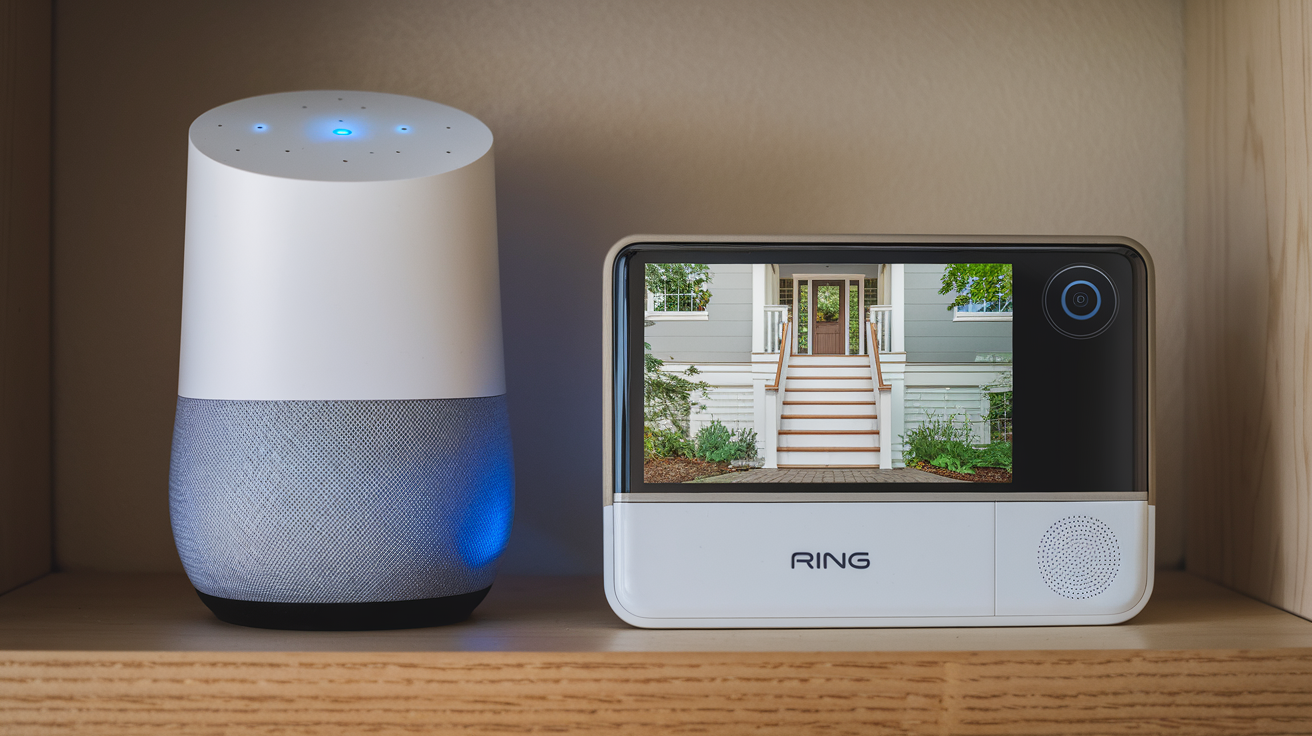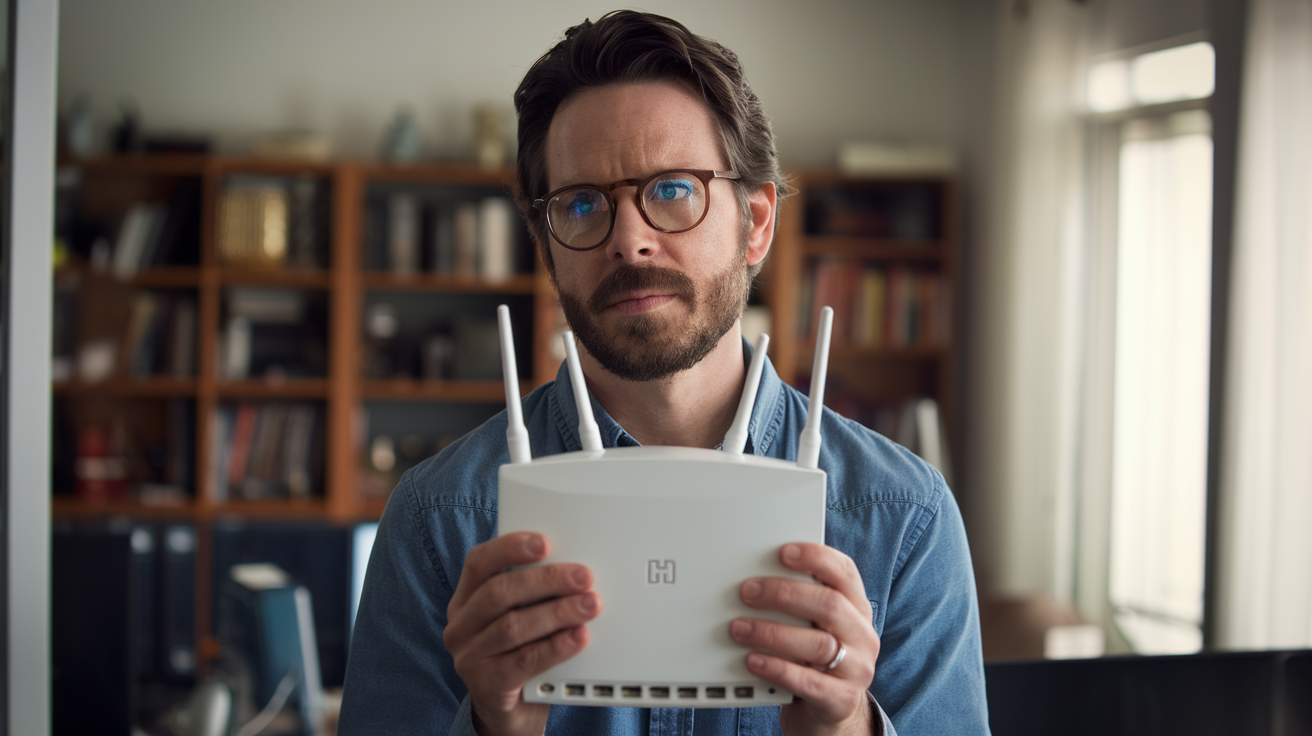In the rapidly evolving world of smart home technology, creating a seamless and interconnected ecosystem is a top priority for homeowners. Two standout players in this space are Ring, known for its innovative security devices like video doorbells and cameras, and Google Home, a powerful hub for managing smart devices through voice commands and automation. Integrating Ring with Google Home offers a range of benefits, from enhanced convenience to improved home security. While the integration comes with some limitations, the advantages it provides make it a compelling option for anyone looking to elevate their smart home experience. In this, we’ll explore why combining these two systems is worth considering, how to set it up, and the practical perks it brings to everyday life.
A Unified Smart Home Experience
One of the most significant benefits of integrating Ring with Google Home is the ability to bring your security devices under a single, unified platform. Google Home acts as a central hub, allowing you to control not just Ring devices but also other compatible smart products like lights, thermostats, and locks. Instead of juggling multiple apps or devices, you can manage everything through the Google Home app or with simple voice commands via Google Assistant. This unification simplifies your daily routine, saving time and reducing the complexity of maintaining a smart home.
Imagine this scenario: You’re cooking dinner and hear the Ring Doorbell chime. Instead of stopping to check your phone, you can simply say, “Hey Google, who’s at the front door?” If you have a Google Nest Hub or a Chromecast-enabled TV, the live feed from your Ring device can appear on the screen. While full video streaming isn’t always supported due to compatibility limitations, even basic notifications and controls through Google Home can streamline your interaction with your security system. This level of integration makes your home feel more connected and responsive to your needs.
Enhanced Convenience with Voice Control
Voice control is a game-changer in smart home technology, and integrating Ring with Google Home unlocks this feature for your security devices. Once linked, you can use Google Assistant to perform basic tasks like checking the battery status of your Ring camera or turning motion alerts on and off. For example, if you’re heading out for the day, you can say, “Hey Google, turn on motion alerts for the Ring Doorbell,” ensuring you’re notified of any activity while you’re away. When you return, a quick, “Hey Google, turn off motion alerts,” keeps your phone from buzzing unnecessarily.
This hands-free convenience is especially valuable when you’re multitasking or unable to reach your phone. Whether you’re carrying groceries, working from home, or relaxing on the couch, being able to manage your Ring devices without lifting a finger adds a layer of ease to your routine. While advanced features like two-way talk or live video feeds aren’t fully supported through Google Home (more on that later), the ability to issue voice commands for basic functions still enhances the user experience significantly.
Improved Security Monitoring
Security is the cornerstone of Ring’s product lineup, and integrating it with Google Home amplifies your ability to stay informed about what’s happening around your property. For instance, when your Ring Doorbell detects motion or someone rings the bell, Google Home can announce the event through your connected speakers or display a notification on your Nest Hub. This real-time awareness keeps you in the loop without needing to constantly check the Ring app.
Picture this: You’re upstairs working, and your Google Home speaker downstairs chimes, “Someone’s at the front door.” You can then decide whether to investigate further via the Ring app or ignore it if it’s just the delivery person dropping off a package. This integration ensures you’re never caught off guard, providing peace of mind whether you’re at home or away. While Google Home doesn’t support all of Ring’s features—like live video on demand—it complements Ring’s core security functions by adding an extra layer of accessibility.
Automation Possibilities with Routines
One of the standout features of Google Home is its ability to create custom routines, and integrating Ring devices opens up exciting automation possibilities. Routines allow you to set up a chain of actions triggered by a single command or event. For example, you could create a routine where, if your Ring Doorbell detects motion at night, Google Home turns on your smart porch lights and sends a notification to your phone. This not only deters potential intruders but also makes it easier to see who’s outside.
To set this up, you’d use a third-party service like IFTTT (If This Then That), which bridges the gap between Ring and Google Home for more advanced integrations. With IFTTT, you could program a command like, “If Ring detects motion, then tell Google Home to turn on the living room lights.” This level of automation enhances both security and convenience, making your smart home work smarter for you. While native integration has its limits, these workarounds unlock a world of creative possibilities.
Overcoming Compatibility Challenges
It’s worth noting that Ring, owned by Amazon, is designed to work most seamlessly with Alexa-enabled devices like the Echo Show. This creates some compatibility hurdles when pairing it with Google Home, a competitor in the smart home space. For instance, you can’t view live video feeds from Ring devices on Google Nest Hub displays or use two-way talk through Google Assistant. These limitations stem from the rivalry between Amazon and Google, which restricts full functionality outside their respective ecosystems.
However, this doesn’t mean the integration is without value. By linking your Ring account to Google Home via the app (open Google Home, tap “+,” select “Set up device,” and choose Ring from the “Works with Google” list), you can still access basic controls and notifications. For users who already own Ring devices and prefer Google Home as their smart hub, this partial integration is a practical compromise. Plus, third-party tools like IFTTT or Home Assistant can expand functionality, offering a workaround for more advanced needs.
Cost-Effective Smart Home Expansion
If you’ve already invested in Ring devices, integrating them with Google Home is a cost-effective way to expand your smart home without buying new hardware. Rather than replacing your Ring Doorbell with a Google Nest Doorbell for full compatibility, you can leverage what you already own. This approach saves money while still delivering many of the benefits of a connected ecosystem. For budget-conscious homeowners, it’s a smart way to get more mileage out of existing devices.
Additionally, Google Home devices like the Nest Mini are affordable entry points into voice-controlled smart home management. Pairing them with Ring creates a low-cost yet effective setup for monitoring and automation. Over time, you can add more compatible devices—like smart lights or plugs—to enhance the system without breaking the bank.
A Step Toward Future-Proofing Your Home
Smart home technology is constantly evolving, and integrating Ring with Google Home positions you to take advantage of future updates. Both companies are invested in improving interoperability, and while full compatibility isn’t here yet, incremental improvements are likely. By setting up this integration now, you’re preparing your home for a more seamless future where cross-platform functionality becomes the norm.
For example, if Google and Amazon resolve their ecosystem differences, you might one day enjoy live Ring video feeds on your Nest Hub or two-way talk through Google Assistant. Even without those advancements, the current integration offers practical benefits that align with the broader trend of interconnected smart homes.
Final Thoughts
Integrating Ring with Google Home isn’t perfect, but its benefits—convenience, unified control, enhanced security, and automation—make it a worthwhile endeavor for many homeowners. Whether you’re looking to streamline your daily routine, boost your home’s security, or explore creative automations, this pairing delivers tangible advantages. By understanding its limitations and leveraging tools like IFTTT, you can maximize the potential of your Ring and Google Home setup. As smart home technology continues to advance, this integration serves as a stepping stone to a more connected, efficient, and secure living space. So why not give it a try? Your smarter home awaits.
Feel safe with the Home Security that you will get from professional security companies are as follows; Contact us at (888) 805-5456 to speak to a specialist and get a no-obligation quote.






